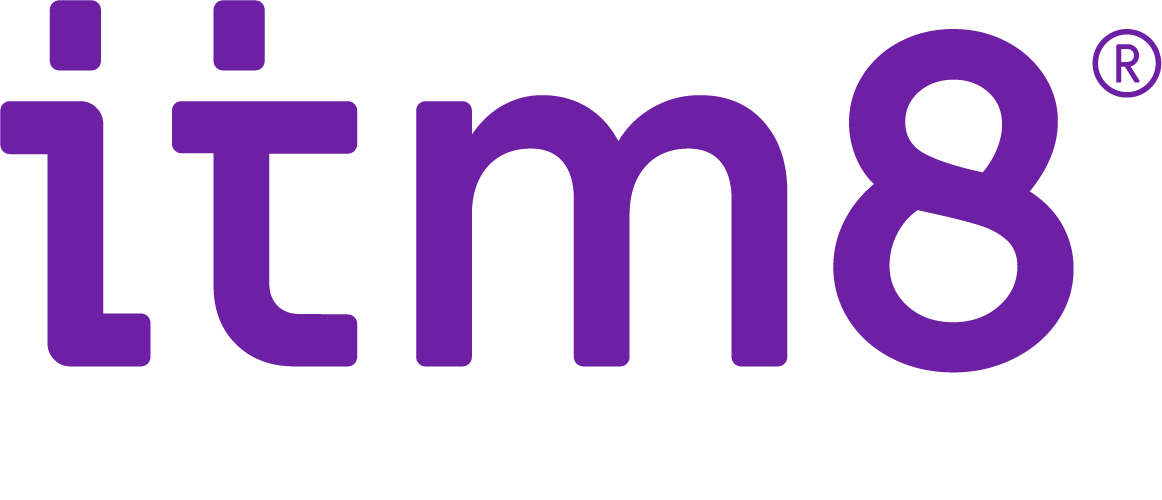Svaret är troligen JA, och där kunde denna blogg tagit slut. Men frågan bör ställas annorlunda, finns det något vi skulle kunna mäta eller styra som skulle förbättra produkten, produktionen, servicen, kvaliteten eller era kunders upplevelse? Det är bara fantasin som sätter gränser.
Idag finns det en uppsjö av olika sorters sensorer som kan mäta i princip vad som helst, och oftast till en väldigt liten kostnad. Det finns sensorer att gjuta in, borra ner, tejpa upp eller med magnetfäste, vissa med inbyggt 10-års batteri. Sedan finns det ”kameror” som kan räkna människor, följa rörelsemönster och så vidare, dessa kostar dock lite mer.
Nyckeln till att lyckas med ett IoT-projekt handlar om att fundera på vad vi vill förändra och förbättra, och sedan se om det är möjligt att mäta och analysera det på ett praktiskt genomförbart sätt. Eftersom mycket IoT-teknik inte bara är billig utan också lättillgänglig så behöver det inte kosta så mycket att göra ett försök. Här måste vi också göra ett val, välj en lösning som är lätt att testa för att se om hypotesen stämmer. Bestämmer vi oss sedan för att göra det i större skala får vi anstränga oss lite mer för att få en mer praktisk lösning med en lägre styckkostnad som kan skalas upp i antal.
Beroende på vilken typ av lösning vi behöver kan sensorn vara kopplad direkt till en liten dator, till exempel en Raspberry Pi, eller så kommunicerar den trådlöst med en gateway som sedan har kontakt med Internet eller något annat IP-nät.
Någonstans centralt hanteras alla IoT-enheter och lagrar den data som samlas in. Här är publika molntjänster väldigt attraktiva men ibland kan vi inte, eller får vi inte, lagra data i publika moln, då gäller det att kunna använda egna datacenter.
Förbättra kundupplevelsen
Nyttan kommer först när vi antingen kan analysera informationen och presentera nya insikter om det vi mäter, eller kan integrera informationen in i befintliga system. Det vill säga ett IoT-projekt går från själva sensorerna och enheterna, via kommunikation, till databaser och applikationslagret, antingen specialbyggt eller integrerat med befintliga system.
Oftast vill vi använda någon form av AI eller machine learning för att få fram en beslutsmodell från den information som samlas in. Den färdiga modellen kan sedan köras längst ut på den enskilda IoT-enheten för att ta beslut om åtgärder lokalt utan att vara beroende av kommunikationen till en central plats.
Ta första steget
Så tillbaka till frågan, finns det något vi skulle kunna mäta eller styra som kan förbättra produkten, produktionen, servicen, kvaliteten eller era kunders upplevelse?
Vill ni ha hjälp med inspiration eller höra mer om vilka möjligheter som finns så tveka inte att höra av er till oss på Itm8. Vi på Itm8 vill vara med på er IoT-resa och tillsammans skapa värde och konkurrenskraft hos er verksamhet och kunder.


